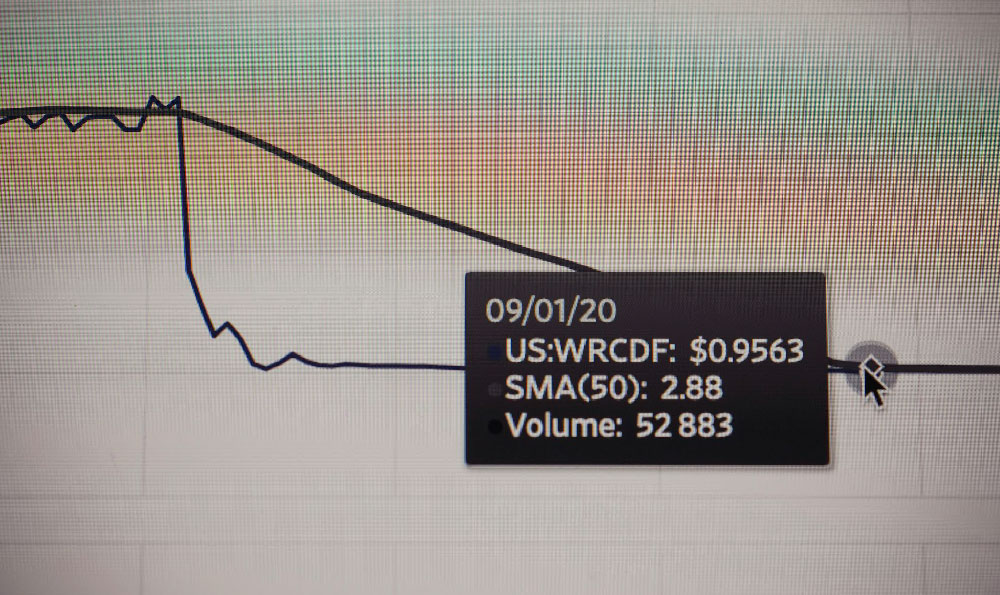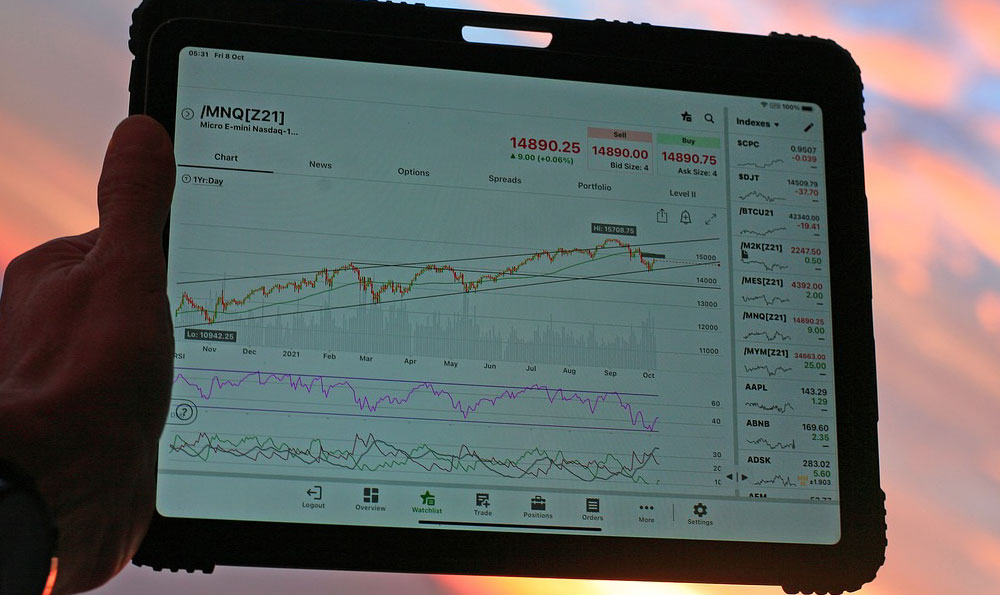Alright, let's delve into the financial performance of Walt Disney World, specifically focusing on its daily revenue generation. Understanding Disney World's financial engine requires more than just a surface-level glance; we need to consider various revenue streams, seasonal fluctuations, and operational costs to arrive at a reasonably accurate estimate of its average daily revenue.
Walt Disney World, encompassing Magic Kingdom, Epcot, Hollywood Studios, Animal Kingdom, numerous resort hotels, water parks, and Disney Springs, is a sprawling entertainment empire. Its revenue streams are diverse. Theme park admissions are, of course, a major contributor, but we also have to factor in spending on food and beverage, merchandise, resort accommodations, special events like Mickey's Not-So-Scary Halloween Party or Epcot's festivals, parking fees, Memory Maker photo packages, and various other in-park purchases. This complex ecosystem makes pinpointing a precise daily revenue figure challenging, as these revenue streams interact and fluctuate based on factors like attendance levels, pricing strategies, and guest spending habits.
Estimating Disney World's daily revenue requires us to look at the bigger picture – The Walt Disney Company's financial reports, specifically the Parks, Experiences and Products segment, which includes not only Walt Disney World but also Disneyland, international parks, cruise lines, and consumer products. Analyzing these reports gives us a starting point. For example, if the Parks, Experiences and Products segment reports annual revenue of, say, $30 billion, we can attempt to isolate Disney World's contribution.

However, directly apportioning a percentage to Disney World is problematic. It's generally accepted that Walt Disney World accounts for a significant portion of the overall Parks, Experiences and Products revenue, likely more than Disneyland, given its larger size and number of parks. A reasonable estimate might attribute 40%-50% of the segment's revenue to Walt Disney World. Thus, if we assume 45% of a $30 billion segment revenue comes from Disney World, we are looking at $13.5 billion annually. Dividing that by 365 days gives us an average daily revenue of approximately $37 million.
This $37 million figure is a simplified approximation, and it's crucial to understand its limitations. It's an average, and daily revenue will vary significantly based on seasonality. Peak seasons like summer, holidays (Christmas, New Year's, Thanksgiving), and school breaks bring higher attendance and increased spending. Conversely, off-peak seasons like early September or January experience lower attendance and potentially lower revenue. Therefore, a more nuanced analysis would require considering historical attendance data and revenue figures for specific periods to understand the fluctuations.
Furthermore, we must consider Disney's pricing strategies. Disney employs dynamic pricing for park tickets, with prices varying based on anticipated demand. Higher demand days command higher ticket prices. Food, beverage, and merchandise prices are also subject to adjustments. Successfully implemented price increases can significantly boost revenue even without a corresponding increase in attendance.
The impact of special events also cannot be overlooked. Events like Mickey's Not-So-Scary Halloween Party or Epcot's International Food & Wine Festival are separately ticketed and attract significant crowds, contributing substantially to the overall revenue. The same goes for runDisney events.
Operational costs also play a crucial role. While understanding gross revenue is important, net income provides a clearer picture of profitability. Disney World incurs significant operating costs, including labor, utilities, maintenance, and marketing. These costs need to be factored in to assess the true financial performance. For instance, during the COVID-19 pandemic, even when the parks were open at reduced capacity, the stringent safety measures and reduced attendance significantly impacted profitability.
Another aspect that can influence revenue is capital expenditure. Disney is constantly investing in new attractions, resorts, and infrastructure. These investments, while initially representing an expense, are designed to drive long-term revenue growth by enhancing the guest experience and attracting more visitors. Star Wars: Galaxy's Edge is a prime example of such an investment.
Finally, remember that guest spending habits evolve. Factors such as economic conditions, consumer confidence, and competition from other entertainment options can influence how much guests are willing to spend on vacations and related expenses. Disney closely monitors these trends and adapts its offerings and pricing strategies accordingly.
In conclusion, while it's difficult to provide a definitive daily revenue figure for Walt Disney World, a reasonable estimate based on available data and industry knowledge suggests an average daily revenue of around $37 million. However, this is a simplification, and the actual daily revenue will vary based on numerous factors, including seasonality, pricing strategies, special events, and guest spending habits. A comprehensive understanding requires considering the interplay of these variables and analyzing the broader financial performance of The Walt Disney Company's Parks, Experiences and Products segment. It’s also important to remain aware that these figures are estimates based on publicly available data and may not reflect the precise internal financial metrics used by Disney.












